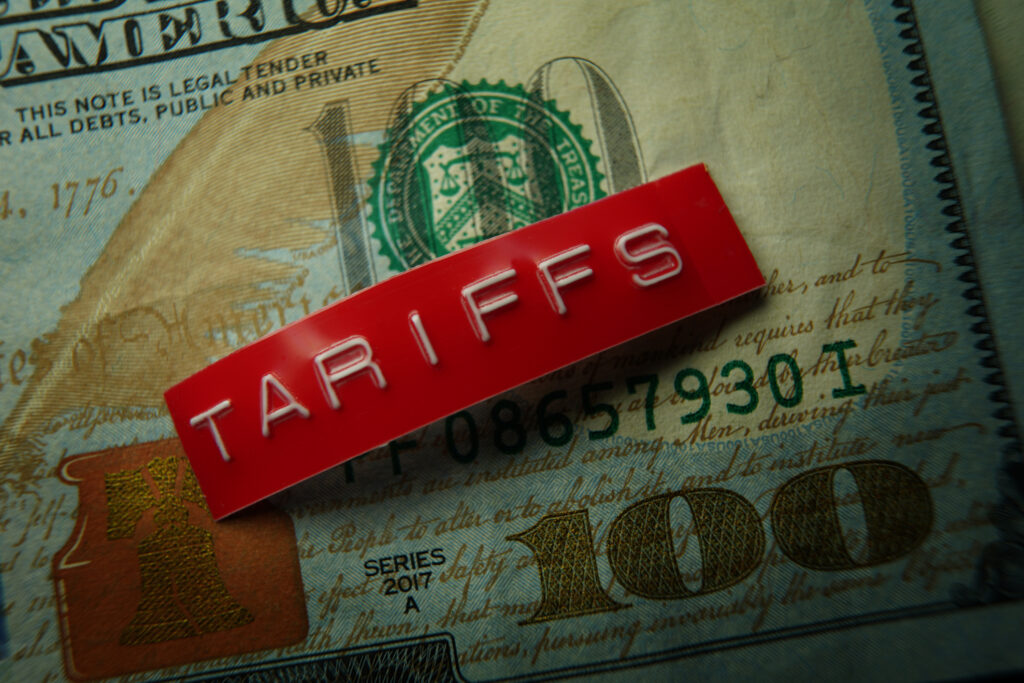As conservatives lament budget trends in Washington, a historic milestone came and went with little notice: The Census Bureau has reported that state and local governments nationwide now collect more than $1 trillion a year in taxes.
It wasn’t that long ago–1970, to be exact–when the entire output of the American economy totaled $1 trillion. Sure, inflation since then means the figures aren’t exactly equivalent. But there’s only one conclusion to be drawn from this latest fiscal indicator. State governments, and the localities they control, are inflicting an increasingly unsustainable cost burden on workers and businesses.
The take from state and local taxes is virtually the same as Washington’s own collections from sources other than the social insurance taxes that pay for Social Security, Medicare, unemployment, and related programs.
Half the Problem
In other words, if you think Congress collects too much from the federal income tax, corporate income tax, estate, and other taxes, you may be right, but that’s only half of the problem. We’re paying just as much to our state legislatures, municipal officials, and school boards.
In statehouses and local offices, there’s a cycle very much like that at the federal level. Political candidates promise more spending on health care, education, local projects, and other popular programs. Voters increasingly believe government exists to take care of all our needs. The elected officials have to deliver still more taxpayer dollars to gain the political rewards they crave.
Unions Drive Spending
But in Albany, Sacramento, and other government centers, there’s another, powerful, and politically sophisticated force that drives spending and taxes higher: Public employee unions. State and local governments employ 19 million workers, seven times the civilian federal payroll. While private-sector unions such as the autoworkers are losing thousands of jobs to international competition, government payrolls have no such market discipline.
State and local government employment jumped more than 6 percent nationwide from 2000 through 2005, more than 10 times the rate of private-sector job growth.
Those expanding payrolls are part of another troubling cycle. When elected officials create more government jobs, public-sector unions gain dues dollars and members who can rally for favored causes. Politicians respond to that pressure by creating still more taxpayer-funded jobs and doing other favors for the unions, inevitably leading to yet more spending and higher taxes.
New York State Adds 52,000
New York is the classic example. This spring, for instance, the legislature in Albany passed a bill to add 52,000 home-based daycare providers to the state payroll so influential unions could add dues-paying members. The bill could drive up costs by $75 million a year.
Local social services officials warned it might jeopardize federal funding of several times that amount, and reduce the quality of child care because of union work rules. But the powerful United Federation of Teachers wanted the bill, and the Republican-controlled Senate passed it unanimously.
Last Christmas season, the Transit Workers Union shut down New York City’s subways and commuter trains with a three-day strike because state negotiators would not agree to big salary and pension enhancements. New York law makes strikes by public employees illegal. A judge read the statute, fined the union, and sent a union leader to jail for several days.
Although such penalties have been in the law since Nelson Rockefeller codified public-sector unionization in the 1960s, the unions feigned outrage. They demanded that the legislature repeal most penalties for striking public employees. Bipartisan majorities in both houses quickly obeyed.
Lawmakers Roll Over
Just to make perfectly clear which side they’re on, Albany legislators went still further.
They passed a bill giving public employees an automatic 1 percent raise (aside from any contractual increase) if a state labor panel finds that a public employer has failed to “bargain in good faith.”
Further automatic raises apply every three months if the union does not agree to a contract. School boards and municipal officials had a long list of bills the legislature could have passed to offset the damage to taxpayers; legislative leaders refused even to bring those proposals up for a vote.
Lawmakers’ actions this year will make it even harder for New York’s next governor–most likely Democrat Eliot Spitzer or Republican John Faso–to rein in runaway spending on employee salaries and benefits. The result will be not only pressure for higher taxes but fewer dollars available for actual public services.
While public employee union clout in states such as New York and California is well known, others may be headed in the same direction. Arizona, New Jersey, and Florida each increased state and local government employment by more than 10 percent in the past five years. With growth like that, the next $1 trillion in taxes is only a matter of time.
Robert Ward ([email protected]) is director of research for the Public Policy Institute, the research affiliate of the Business Council of New York State. This article originally appeared August 16 in The New York Sun. © 2006. Used by permission of The New York Sun.



